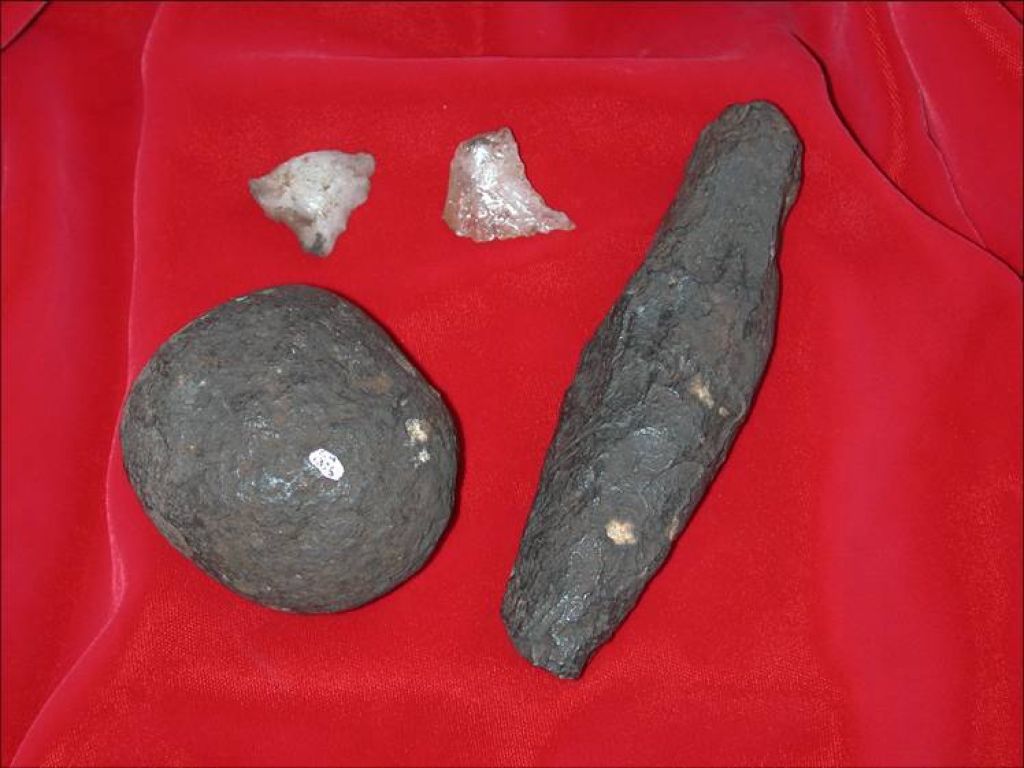Fossil sites in the Cradle of Humankind – Cooper’s Cave
Around 40% of the world's known hominid fossils were unearthed in the Cradle of Humankind World Heritage Site, earning it UNESCO World Heritage Site status in 1999.
It is thanks to these fossil sites, in which the dolomitic conditions were just right for fossil preservation, that we have an understanding of humankind’s journey to humanity and the evolutionary trajectory that led us to where we are today.
In this series of blogs we profile a selection of sites within the Cradle and highlight the prominent discoveries made at each of these areas of discovery.
Cooper's Cave

Cooper’s Cave is a one-of-a-kind site within the Cradle of Humankind. It’s something of a living museum, where visitors walk through the site and can literally see hundreds of fossils embedded in the rocks around them.
Palaeoanthropologist Christine Steininger and her team have been excavating Cooper’s Cave since 1999 and have discovered a range of animal remains, including an extinct short-necked giraffe, hunting hyena and sabre-toothed cats.
The site is classified as the fifth-richest hominid site in the Cradle (after Sterkfontein, Swartkrans, Drimolen and Kromdraai) and one of the richest sites for early stone tools.

Do you have photos of the Cradle you’d like to share? Join our Flickr group!